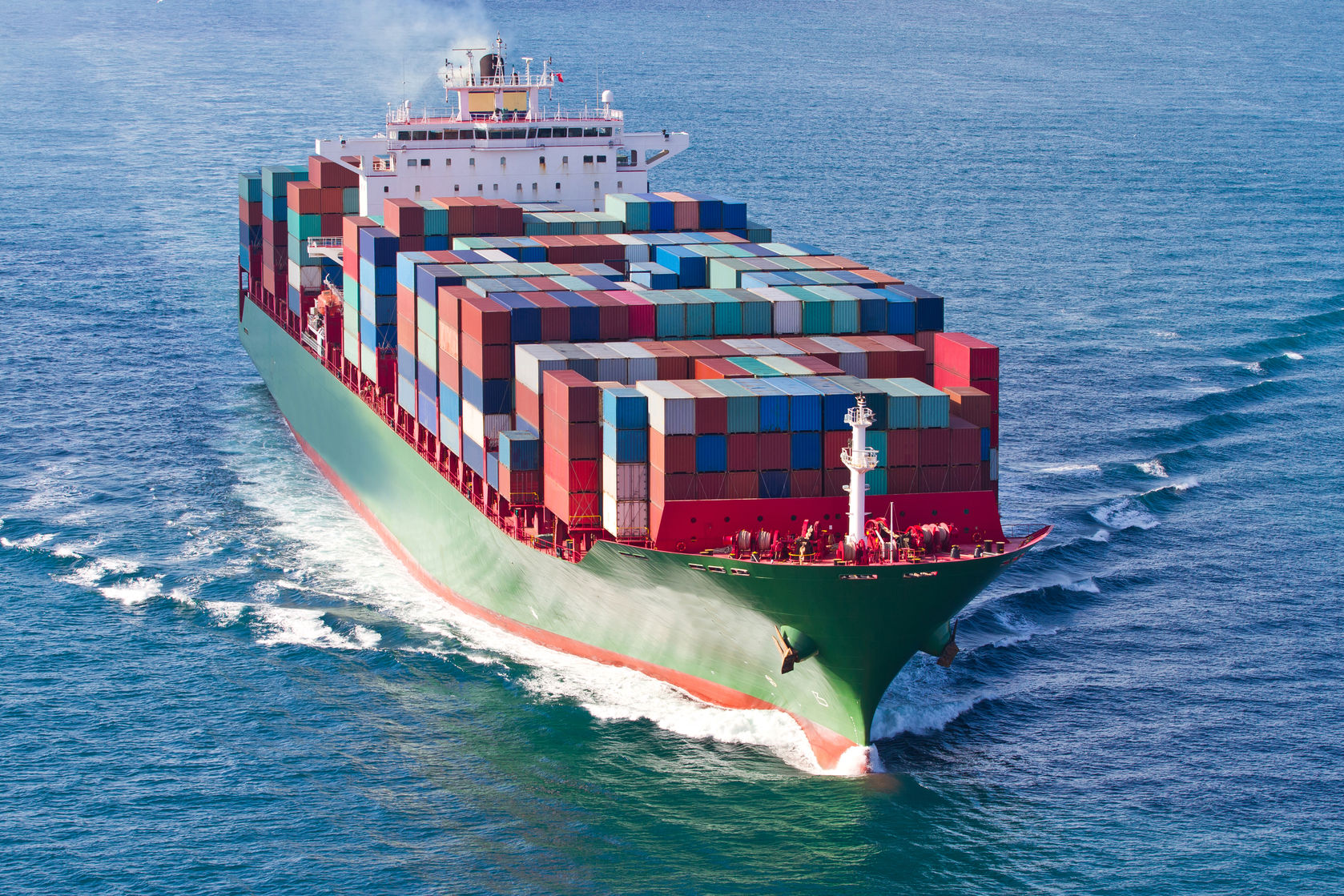In 1988, the arrival of the zebra mussel irreversibly transformed the ecosystem of the Great Lakes. The introduction of the species was, and continues to be, a disaster for North American waterways. By 2009, the species had spread as far as Manitoba and Texas, driving out local species and costing the U.S. government an estimated $5 billion per year, primarily through the cost of removal from electricity-generating and water-treatment facilities.
When freighters load up on ballast water, large pressurized containers that keep a ship sufficiently submerged, they risk introducing invasive species to their destination. Scientists believe that these ballast tanks brought the zebra mussels, native to southern Russia and the Ukraine, to the Great Lakes.
The role of shipping in propagating species invasion has since become the subject of extensive study, incorporating the use of statistical models to better predict patterns of invasion. However, when Brian Leung, an associate professor in McGill’s Department of Biology, and Anthony Sardain, a graduate student, were considering the issue, they realized that the existing statistical models didn’t account for a key factor: The variability of shipping activity over time.
“Sardain’s […] father works in shipping,” Leung said. “So, while we were trying to figure out [the] project, he was having conversations with his father, who was talking about the variability of shipping, and how shipping changes over time [….] Most of the models that we have and the forecasts that existed at the time didn’t account for this potentially very large change.”
Leung and Sardain sought to study the relationship between economic growth and invasive species risk, and, to do so, they developed a model to predict shipping activity based on global economic scenarios from the International Panel on Climate Change (IPCC) and the International Institute for Applied Systems Analysis (IIASA). Their shipping model relies on an economic theory known as the gravity model of trade, which states that trade between two countries, like gravitation, is a function of the ‘mass’ of the economies and their geographical and economic proximity.
“We started with this shipping model, realizing that we would have to attach it to measurable elements afterward,” Leung said. “The first part of that was building the shipping model, evaluating and validating it, and seeing whether it was, in fact, possible to forecast the magnitudes of change of shipping, which we were able to do. We also needed to use those elements that we could get worldwide data for and that also had projections for the future, so that’s where the IPCC […and IIASA] came in.”
The results of the study show that, as shipping intensifies, it will magnify the risk of the introduction of invasive species. Based on the six economic development scenarios used in the study, the threat of invasive species could increase three- to 20-fold by 2050. In fact, the study found that increases in shipping are far more likely to lead to threats of species invasion than the isolated effects of climate change, which may actually slightly decrease the risk of invasion due to diverging environmental conditions. As ecosystems transform due to climate change, they are likely to become increasingly dissimilar, making it harder for invasive species to adapt to different environments.
According to Leung, one of the surprising results of the study was that the projected increases in invasion risk were high even for sustainable economic scenarios.
“One of the future scenarios that had the highest invasion potential was the business as usual, fossil-fuel development one […] but, the other one was the sustainability pathway,” Leung said. “The sustainability pathway could also produce, as an unfortunate side-effect, increased invasions, and the reason for that is that everybody is doing better […] which means they are trading more.”









